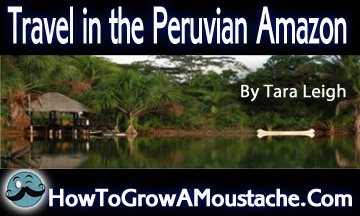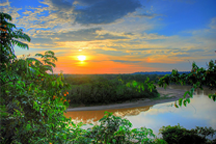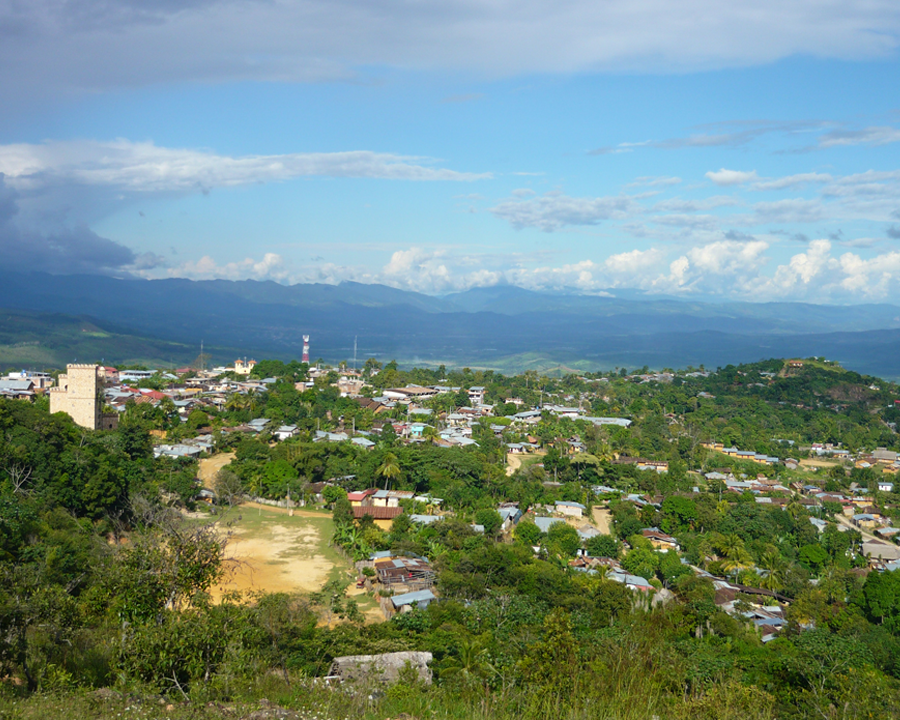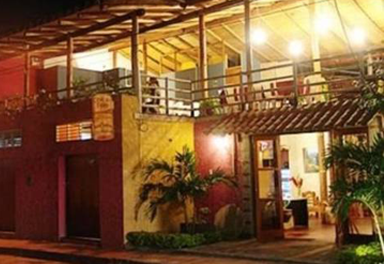After Brazil, Peru has the second-largest portion of Amazon rainforest, covering over 60% of the country. As eco-tour providers continue to expand their operations within the Peruvian Amazon, this area is becomingly an increasingly popular destination for tourists seeking to experience the world’s most bio-diverse ecosystem firsthand.
While Iquitos (in the Loreto region) is probably the most popular “jump-off” for travellers seeking to enter the Amazon, the lesser-known regions of Madre de Dios and San Martin offer tranquil, authentic rainforest encounters for those wishing to avoid the crowds of this frenetic Amazonian city.
Madre de Dios (meaning “Mother of God”) is a region in southeastern Peru that borders the regions of Ucayali, Cusco and Puno, as well as the country of Bolivia.
Within Madre de Dios, huge, unspoiled swaths of Amazonian rainforest are protected within national parks, reserves, and a handful of jungle lodges, making this region a popular destination for bird watchers, documentary filmmakers, and nature lovers in general.Tambopata and Manu are two provinces within the region that are regularly visited by tourists.
Tambopata: Exotic jungle lodges, like the Tambopata Research Centre and Posada Amazonas, are popular with travellers looking to rub elbows with the local species within the Tambopata Reserve. These lodges can only be reached by boat from Puerto Maldonaldo, the capital of Madre de Dios.
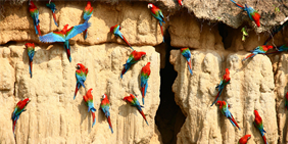 Common wildlife sightings within the Tambopata Reserve include macaws, capybara, caiman, as well as a variety of other tropical birds and monkeys. On rare occasions, sightings of jaguars and harpy eagles have been reported.
Common wildlife sightings within the Tambopata Reserve include macaws, capybara, caiman, as well as a variety of other tropical birds and monkeys. On rare occasions, sightings of jaguars and harpy eagles have been reported.
It is also possible to arrange multi-day tours of one of the most beautiful Amazon lakes within the Reserve, Lake Sandoval, where piranhas, otters, caiman, macaws and a variety of other birds can be spotted.
Manu: The Manu National Park is the most biologically diverse area in the Amazon for terrestrial life. Extensive, multi-day eco-tours of the Biosphere Reserved Zone can be arranged with one of the many tour companies operating out of the area. Like Tambopata, the Reserved Zone can be only reached by boat from Puerto Maldonaldo.
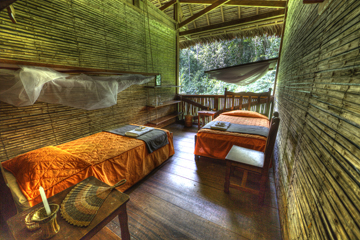 Popular options for lodging include the Manu Wildlife Centre Lodge and the Manu Paradise Lodge.
Popular options for lodging include the Manu Wildlife Centre Lodge and the Manu Paradise Lodge.
The easiest way to get from Lima to Puerto Maldonaldo is to take a 1 hour 35 minute flight with either Star Peru or LAN. Puerto Maldonaldo can also be reached by 12-hour bus from Lima. Taking Cruz del Sur along this route is recommended.
Tarapoto, known as the “City of Palms”, is located in a cloud forest in the San Martin Region of Peru.
Within Tarapoto, there are a number of excellent restaurants where one can sample delicious Peruvian Amazonian cuisine. Try the paiche(an Amazonian white fish) con salsa de cocona (cocona is a delicious citric fruit particular to the Amazon) and patacones (deep-fried mashed plantain cakes), along with a jarra de jugo de cocona (jar of cocona juice), at La Patarashca on jr Lamas 261.
Many tourists use Tarapoto as an entry point into the Amazon Rainforest or as a base to explore the many beautiful forests, lakes and waterfalls around the city. Located about two hours outside of Tarapoto by collective taxi, the Laguna Azul is one “can’t miss” sight in the San Martin Region. Make sure to enjoy an inexpensive boat tour around this gorgeous lake, and fall asleep to the sounds of the jungle at one of the quaint lodgings along the bay.
While it’s theoretically possible to travel by bus from Lima to Tarapoto, I’d recommend skipping the 26-hour trip ride and taking the one-hour flight with LAN, Star Peru, or Peruvian Airlines.
Tara Leigh has traveled extensively in South America, where she had a wonderful time enjoying the food, taking in the sights, and meeting the people of that fantastic continent. This article was written on behalf of the Tambo Blanquillo, a family-owned Manujungle lodge.


